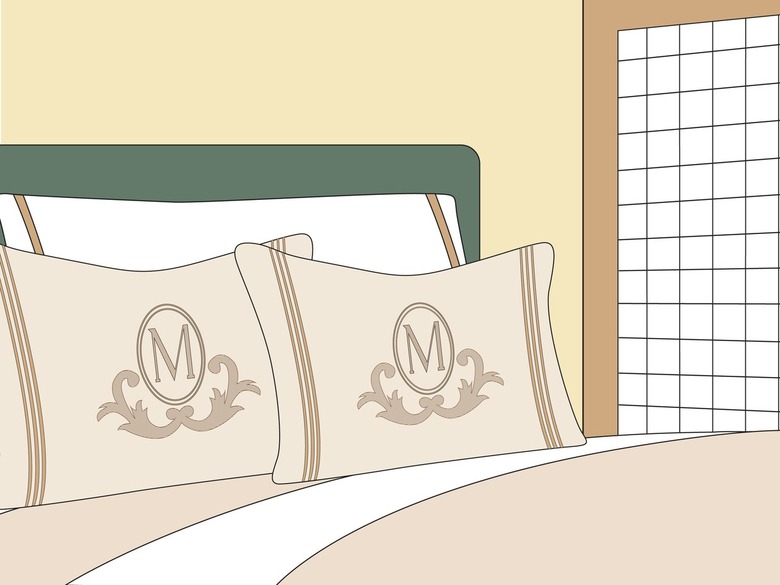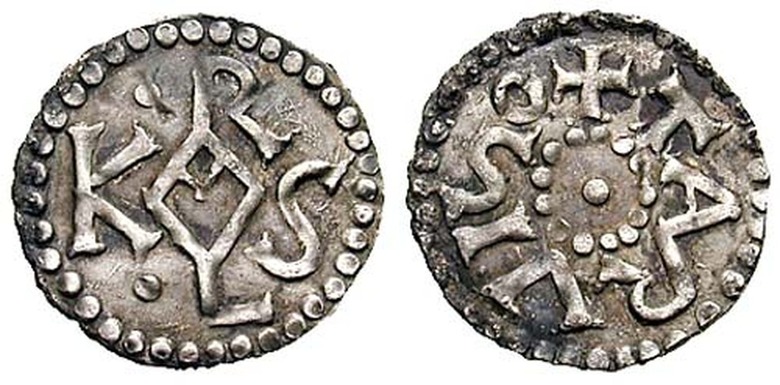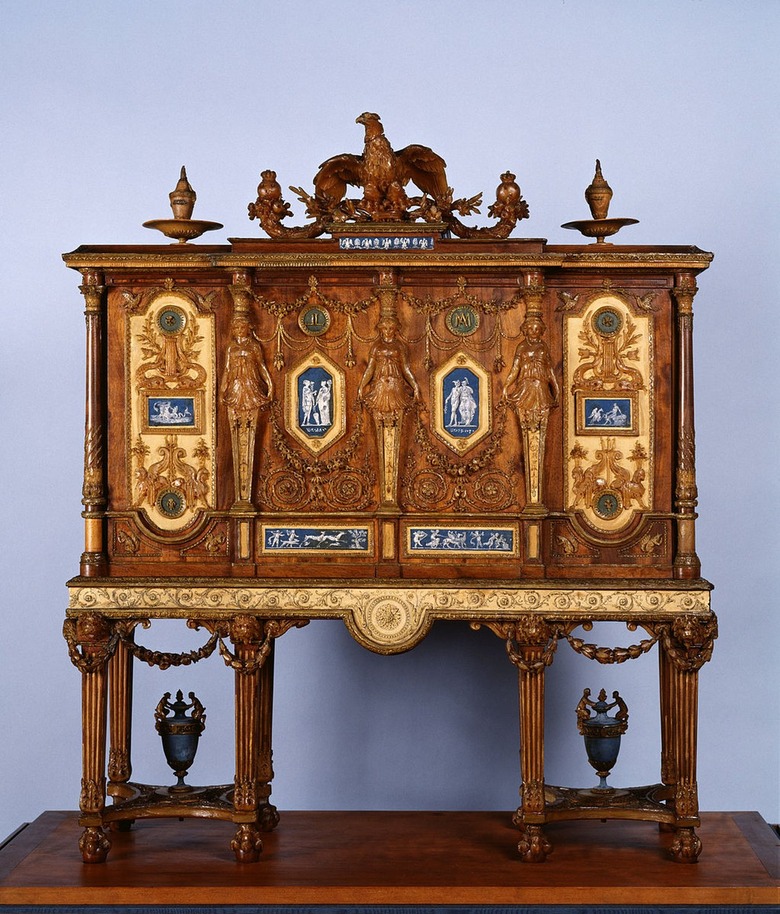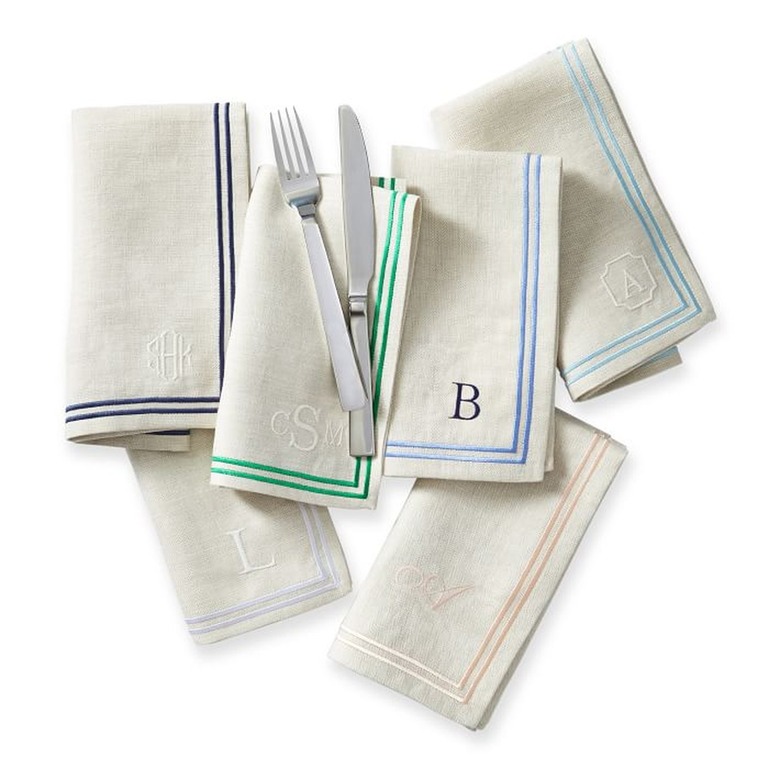The Power-Hungry History Of The Monogram
Monograms might feel like they've been around forever — on pillowcases, robes, luggage, and nowadays, phone cases — but that's not actually the case.
In her 2015 book Monograms for the Home, Kimberly Whitman defines the monogram as "a motif of two or more letters interwoven or otherwise combined in a decorative design used as a logo or to identify a personal possession." This is not to be confused with a cipher, which Albert Angus Turbayne, author of Monograms and Ciphers, says is "an interlacing or placing together of two or more letters, being in no way dependent for their parts on other of the letters."
When was the monogram invented?
When was the monogram invented?
The first-known monogram, according to Whitman, was discovered on Roman coins from the 6th century B.C. They featured the initials of the ruler at the time so that people could identify them as legitimate. Roman emperor Charlemagne then took this idea a step further by using his monogram as a symbol of power when he conquered new territories, and this inspired other military and royal figures to do the same.
Whitman reports that during the Middle Ages, artisans also began using monograms on their work so potential buyers could identify it. Once this idea spread, monograms became associated with craftsmanship. Picture the Louis Vuitton or Chanel monogram, which are now known across the world.
What were monograms used for?
What were monograms used for?
Even non-artisans and rulers got in on the monogram trend during the Middle Ages. Per Whitman, monograms were used so that linens wouldn't get swapped at the public washhouses. Every household had its own monogram, which made it easy for people to identify the wealthy families who were able to afford pricier linens.
Like Charlemagne, French royals began using monograms as an example of their status. On their belongings, they would request stylized monograms. Whitman explains, "This was the start of the decorative use of monograms, as the embroidery was done in a flamboyant and not-so-discreet manner." Goodbye, practical monograms!
Of course, everyone wanted to copy what the royals were doing, so monograms became common decorative elements. Married women, in particular, would put them on all the items in their trousseau to symbolize their family's history.
When did monograms become popular?
When did monograms become popular?
Monograms reached the peak of their popularity during the Victorian era. According to Whitman, a popular pastime was collecting monograms in scrapbooks (which honestly sounds like a fascinating hobby). Plus, during the 1950s, the monogram hit another peak when sewing machine technology made it easier to add personalization to fabric. In particular, the Museum of American Heritage states that zig-zag, multi-stitch, and portable machines became more accessible.
The modern monogram:
The modern monogram:
To this day, we still see monograms on a multitude of home items, but this is especially the case in the South. Interestingly, Southern Living reports that southerners love the monogram because they place a significant emphasis on family and regional history.
When you think about it, the history of the monogram is deeply intertwined with the history of how humans express themselves. So really, we should be thanking self-important Roman rulers for their contribution.



